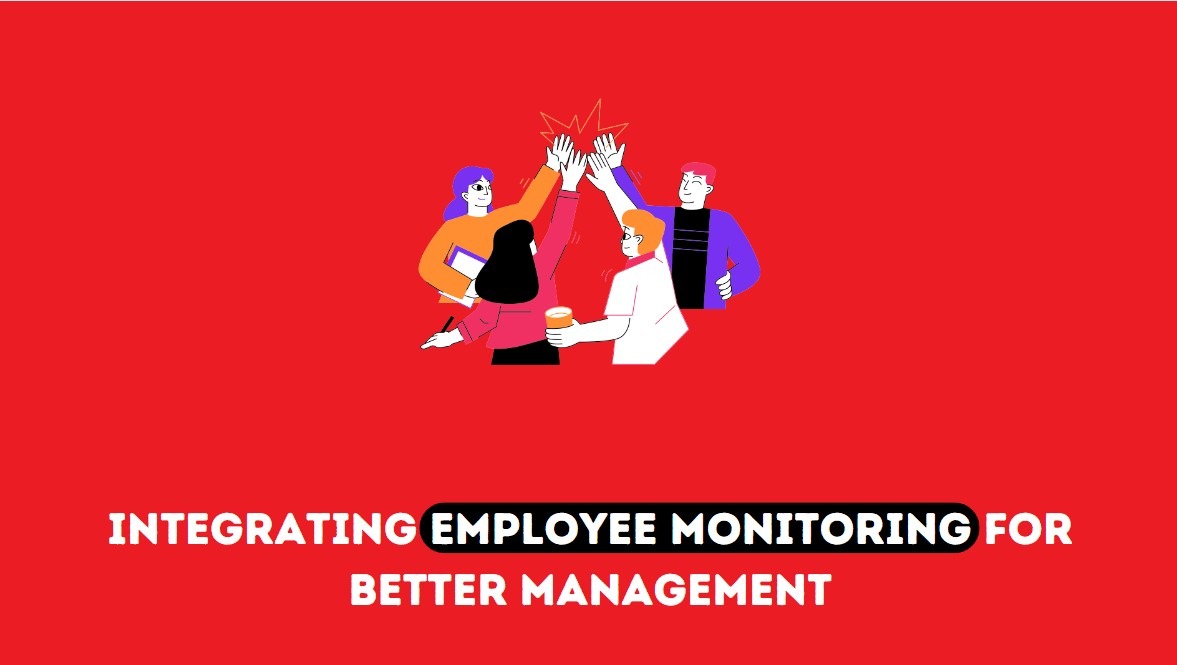Quick Summary
⭐ Essential Tool for Remote Management: Employee monitoring tools address the challenges of overseeing remote teams by providing real-time insights into productivity, task progress, and performance, which are difficult to gauge in a virtual setting.
⭐ Enhances Productivity and Accountability with Data-Driven Decisions: These tools enable managers to track time, identify bottlenecks, and make informed decisions about workload and resource allocation, fostering accountability and improving overall team efficiency.
⭐ Balancing Monitoring with Privacy and Trust: Successful implementation requires transparency, clear communication, and respect for employee privacy. Monitoring should focus on work-related activities, and data should be used constructively for employee development, fostering a positive and productive remote work culture.
The modern workplace is changing fast, and remote work is now a normal part of how many companies operate. This change, sped up by recent global events, means managers need to adjust their methods for a virtual setting. While working from home brings benefits like flexibility and wider hiring options, it also creates hurdles in keeping track of work, protecting company data, and keeping employees motivated. Because of this, using employee monitoring tools has become a key way to manage remote teams effectively.
Employee Monitoring: A Necessity in the Remote Work Era
Adopting an employee tracking app is more than just a trend; it’s a strategic response to the demands of remote work management. The virtual workspace lacks the physical oversight in traditional office settings, making it challenging for managers to gauge employee productivity and engagement. Employee monitoring tools solve this challenge by providing real-time insights into work patterns, task progression, and overall performance.
Enhancing Productivity and Accountability
One of the primary concerns for any remote team is maintaining or improving productivity levels. Employee monitoring tools are crucial in tracking time spent on various tasks and projects. This data is invaluable for managers to understand work habits, identify bottlenecks, and allocate resources effectively. More importantly, when employees know their work is being monitored, it fosters a sense of accountability. This doesn’t imply a ‘big brother’ scenario but a transparent environment where expectations are clear, and performance is objectively measured.
Data-Driven Insights for Better Decision Making
Another significant advantage of integrating employee monitoring in remote work management is the wealth of data generated. This data offers insights that go beyond simple productivity metrics. By analyzing patterns and trends, managers can make informed decisions about workload distribution, project timelines, and employee well-being. For instance, if a team member consistently works overtime, it could indicate a need for additional support or a reassessment of their workload.
Balancing Monitoring with Employee Privacy and Trust
While the benefits of employee monitoring are clear, balancing these with respect for employee privacy and trust is crucial. The key is transparency and communication. Employees should be fully aware of what is being monitored, how the data is used, and the benefits it brings to the individual and the organization. Effective communication about the objectives and methods of monitoring can dispel apprehensions and foster an atmosphere of mutual understanding.
In addition to transparency, it’s vital to establish clear boundaries. Monitoring should be confined to work-related activities and avoid intrusion into personal data or non-work-related behavior. This respect for boundaries complies with privacy laws and demonstrates a company’s commitment to ethical practices. Employee consent should be sought wherever possible, reinforcing that monitoring is a cooperative effort rather than a top-down mandate.
Moreover, the data collected through monitoring should be used constructively. It should aim to identify areas for improvement, provide targeted training, and support employee development. This approach transforms monitoring from a surveillance tool into a growth and support mechanism, benefiting both the employee and the organization.
Conclusion
The future of work is undeniably leaning towards more flexible and remote structures. In this new era, integrating employee monitoring tools is beneficial and essential for effective management. These tools provide a structured approach to overseeing remote teams, ensuring productivity, and making informed decisions based on data-driven insights. However, the success of these tools depends mainly on how they are implemented. A strategy that emphasizes transparency, respects privacy, and fosters trust will enhance management effectiveness and contribute to a positive and productive remote working culture. As we continue to navigate and shape the future of work, employee monitoring will undoubtedly play a significant role in bridging the gap between remote teams and management, paving the way for a more efficient, engaged, and connected workforce.

